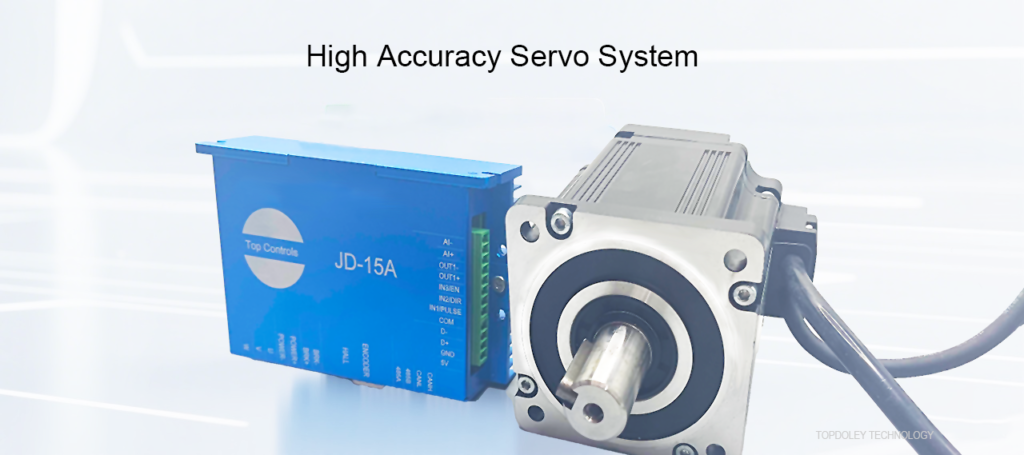Pulse Control in Low-Voltage Servo Motors

With the growing demand for compact automation solutions, low-voltage servo motors are gaining significant attention in sectors such as AGVs, robotics, and light industrial machinery. One of the key technologies enabling their precision and reliability is pulse control.
Pulse control is a widely adopted method for commanding servo motors, where external controllers send a sequence of digital pulses to the motor driver. Each pulse corresponds to a unit of movement, allowing for highly accurate positioning and smooth speed regulation. By varying the frequency of pulses, operators can manage motor speed, while the total number of pulses dictates the final position.
Compared to analog control signals, pulse control offers several advantages:
High Accuracy – Positioning errors are minimized since the system counts discrete pulses.
Fast Response – Motors react quickly to command signals, ensuring real-time motion adjustments.
Noise Resistance – Digital pulse signals are less affected by interference compared to analog voltages.
Flexible Integration – Easily interfaces with PLCs, motion controllers, and industrial PCs.
For low-voltage servo systems, pulse control is especially valuable. These motors are typically used in mobile or battery-powered equipment, where efficiency, compact design, and precise control are crucial. In AGV and AMR applications, for instance, pulse-controlled low-voltage servos deliver smooth navigation, accurate stopping points, and reliable load handling.
As industries continue to demand lightweight and intelligent motion control, pulse-controlled low-voltage servo motors are expected to play a pivotal role. Manufacturers are now enhancing their drivers with multi-mode support—combining pulse control with communication protocols like RS-485, CANopen, and EtherCAT—to provide both traditional and modern control options in a single solution.
In conclusion, pulse control remains a cornerstone of servo motor technology, ensuring low-voltage systems meet the high expectations of today’s automation market: precision, reliability, and adaptability.
